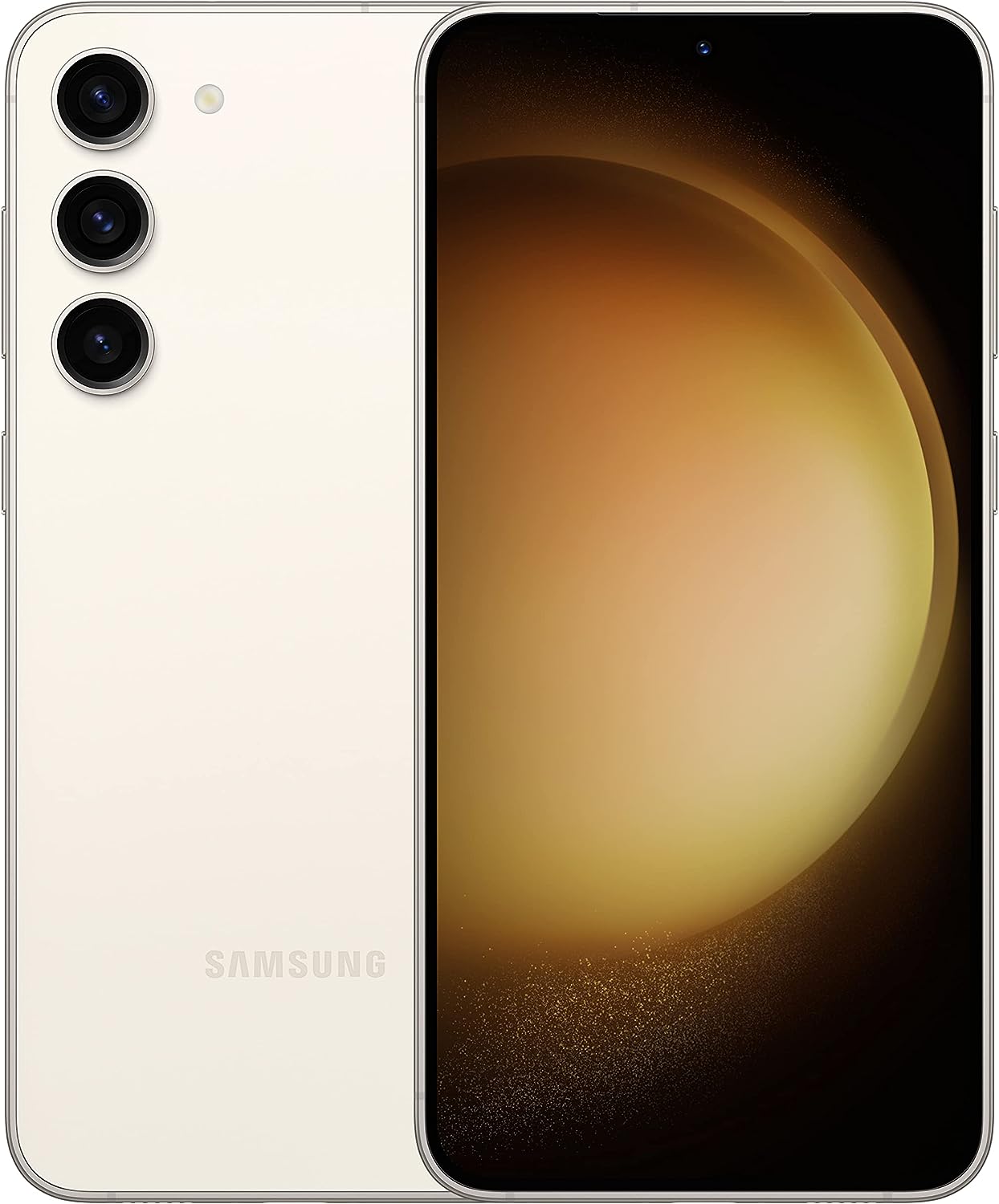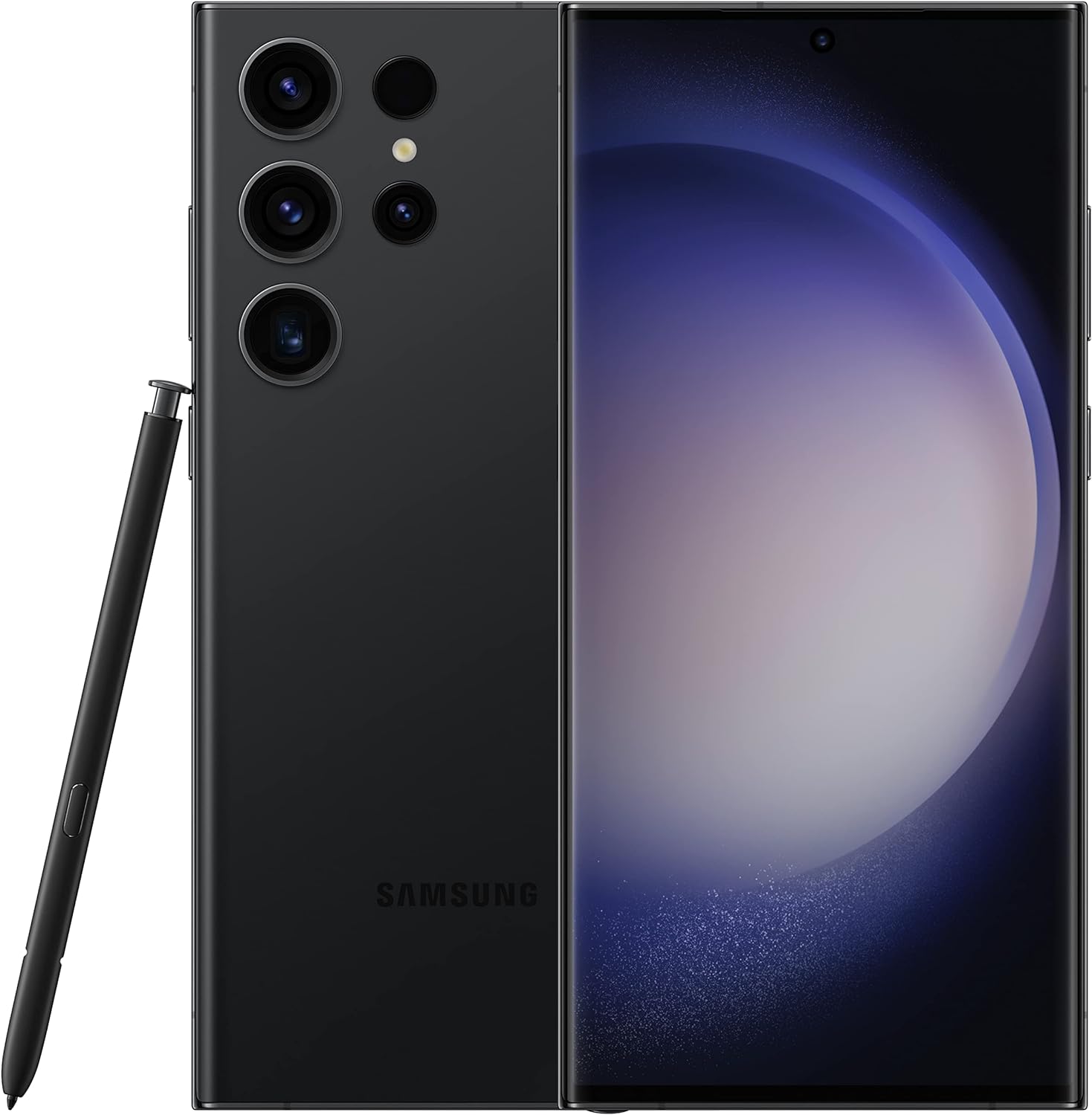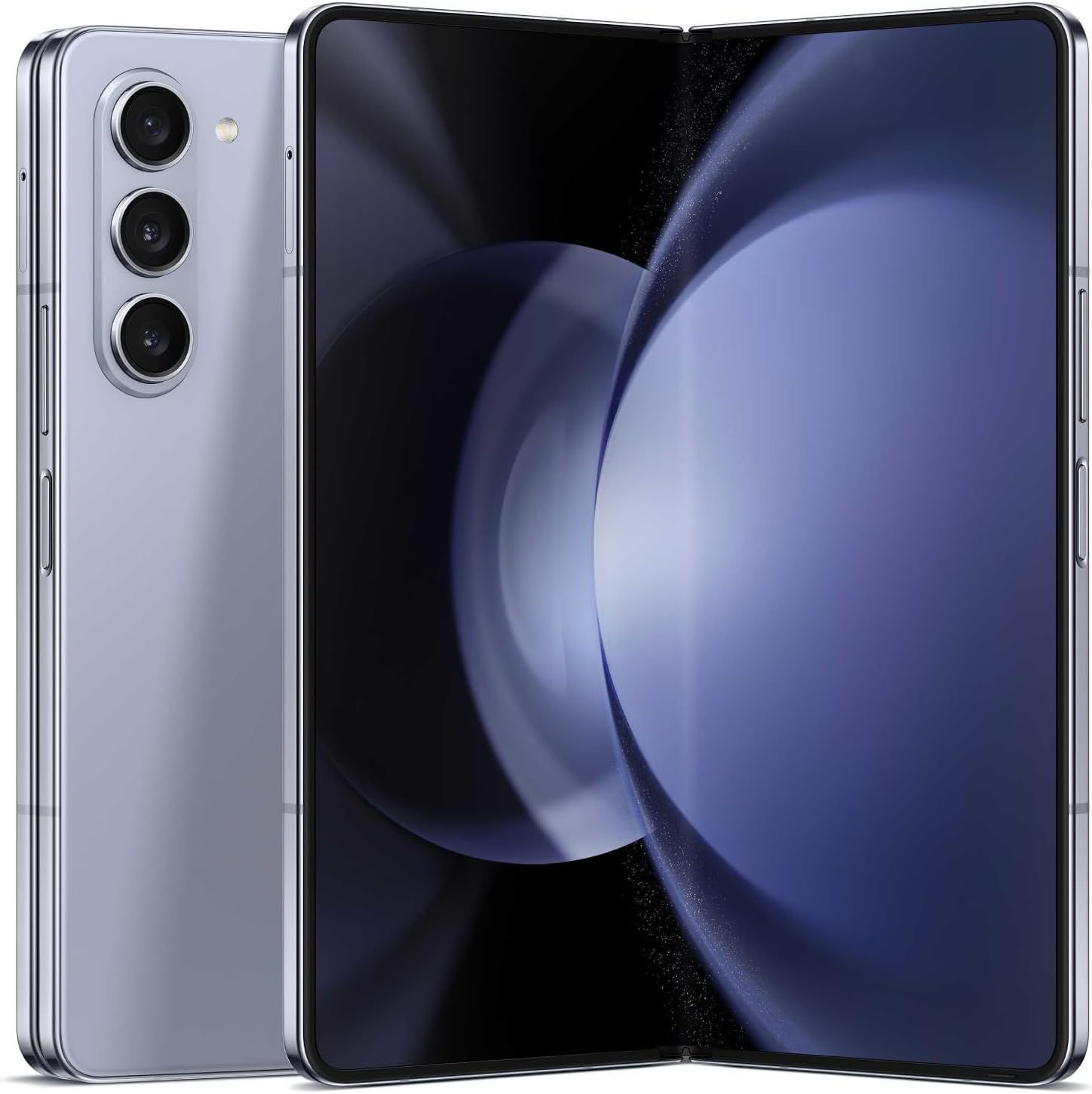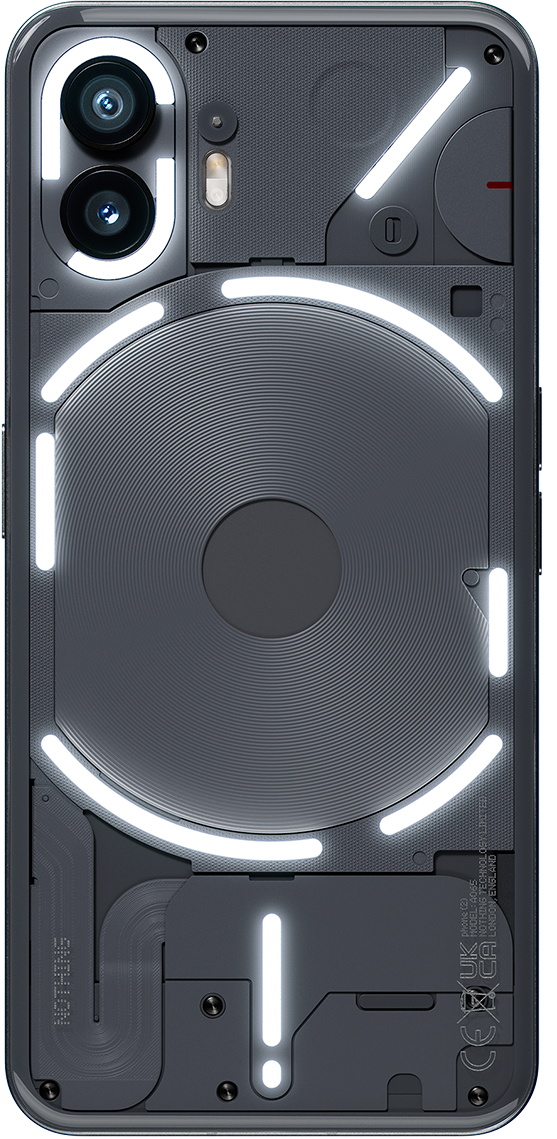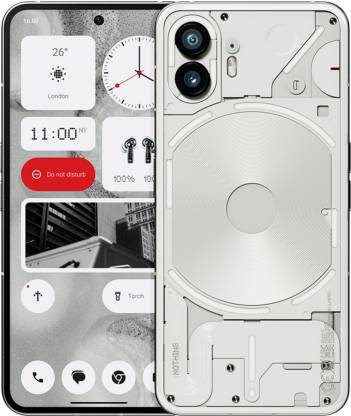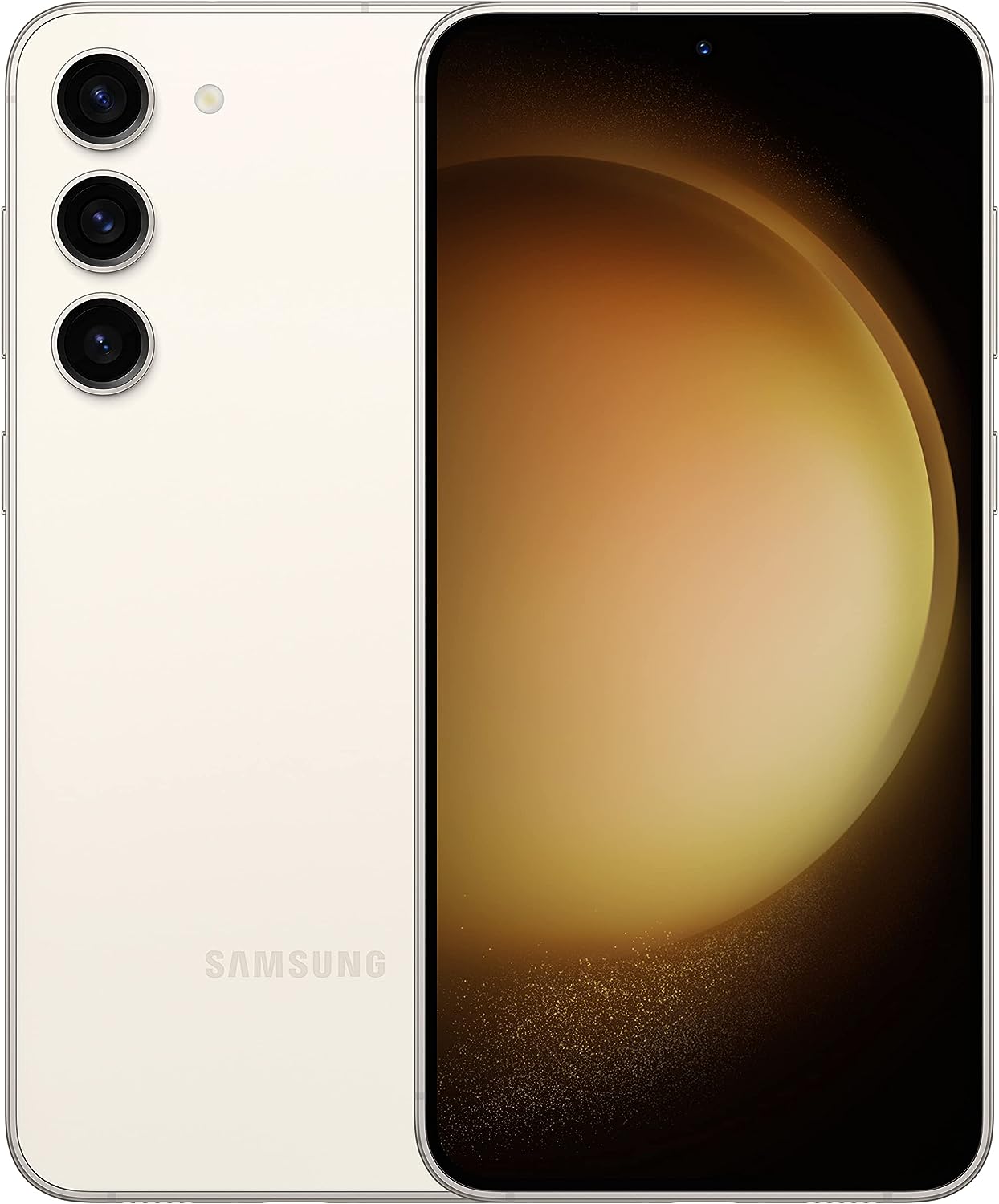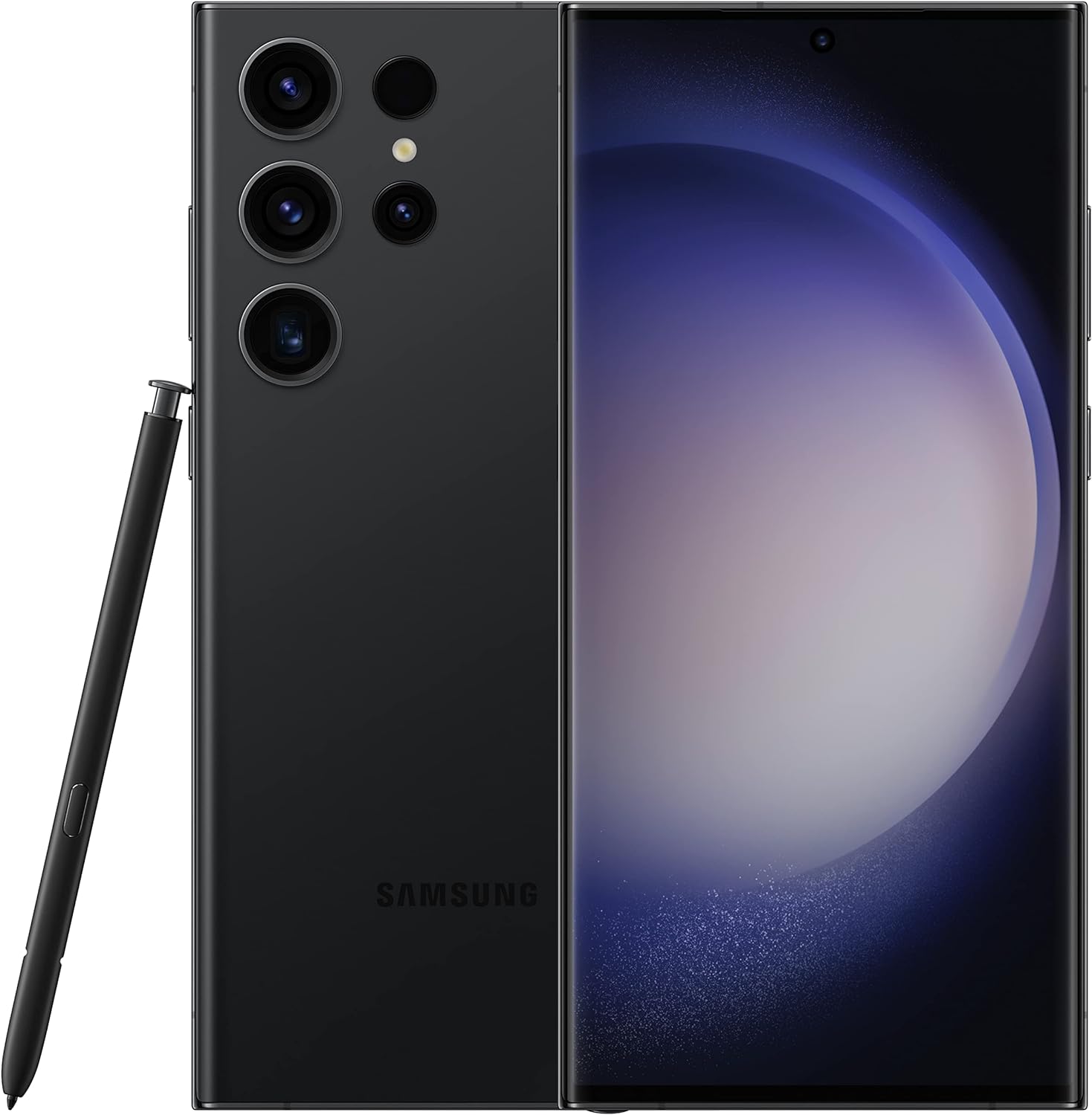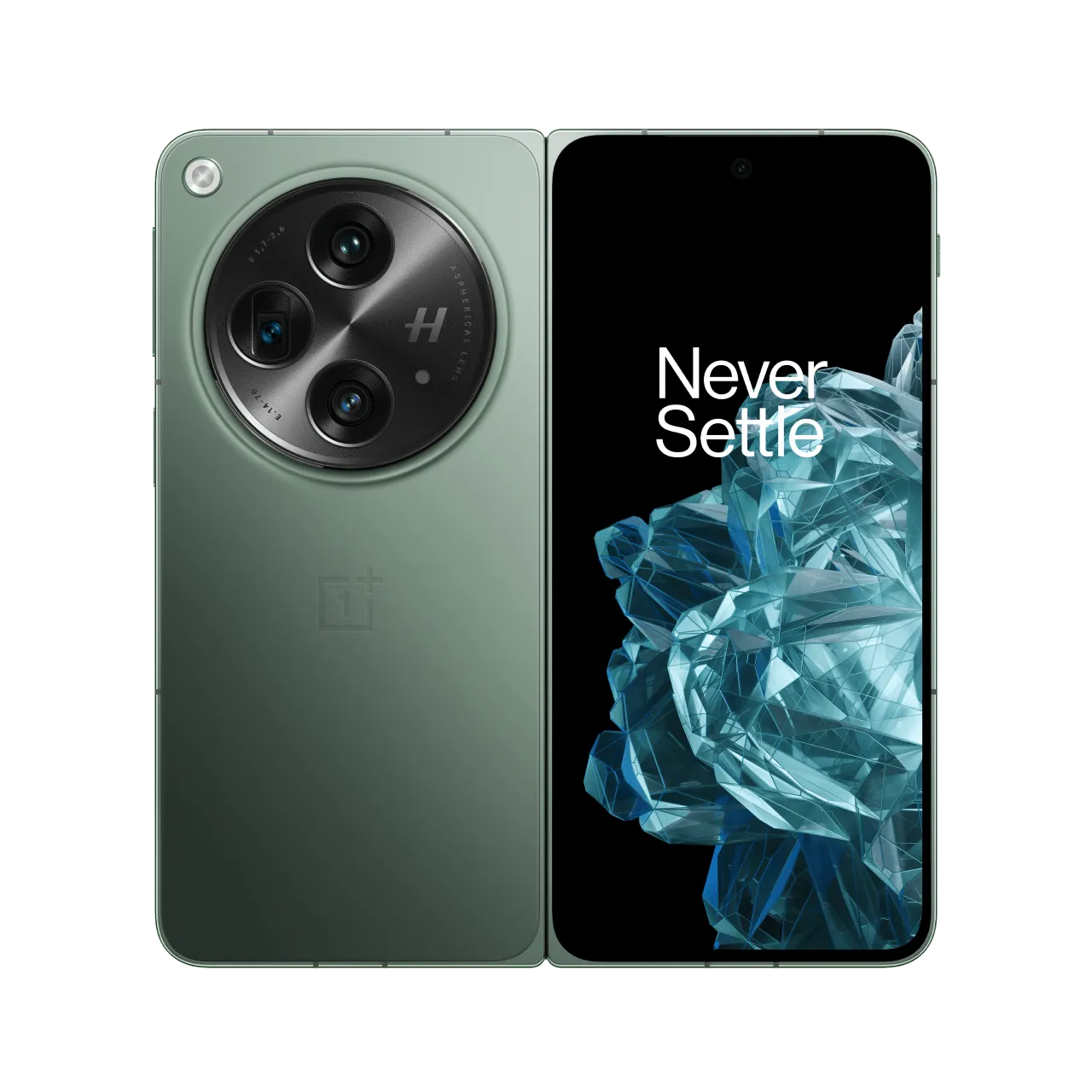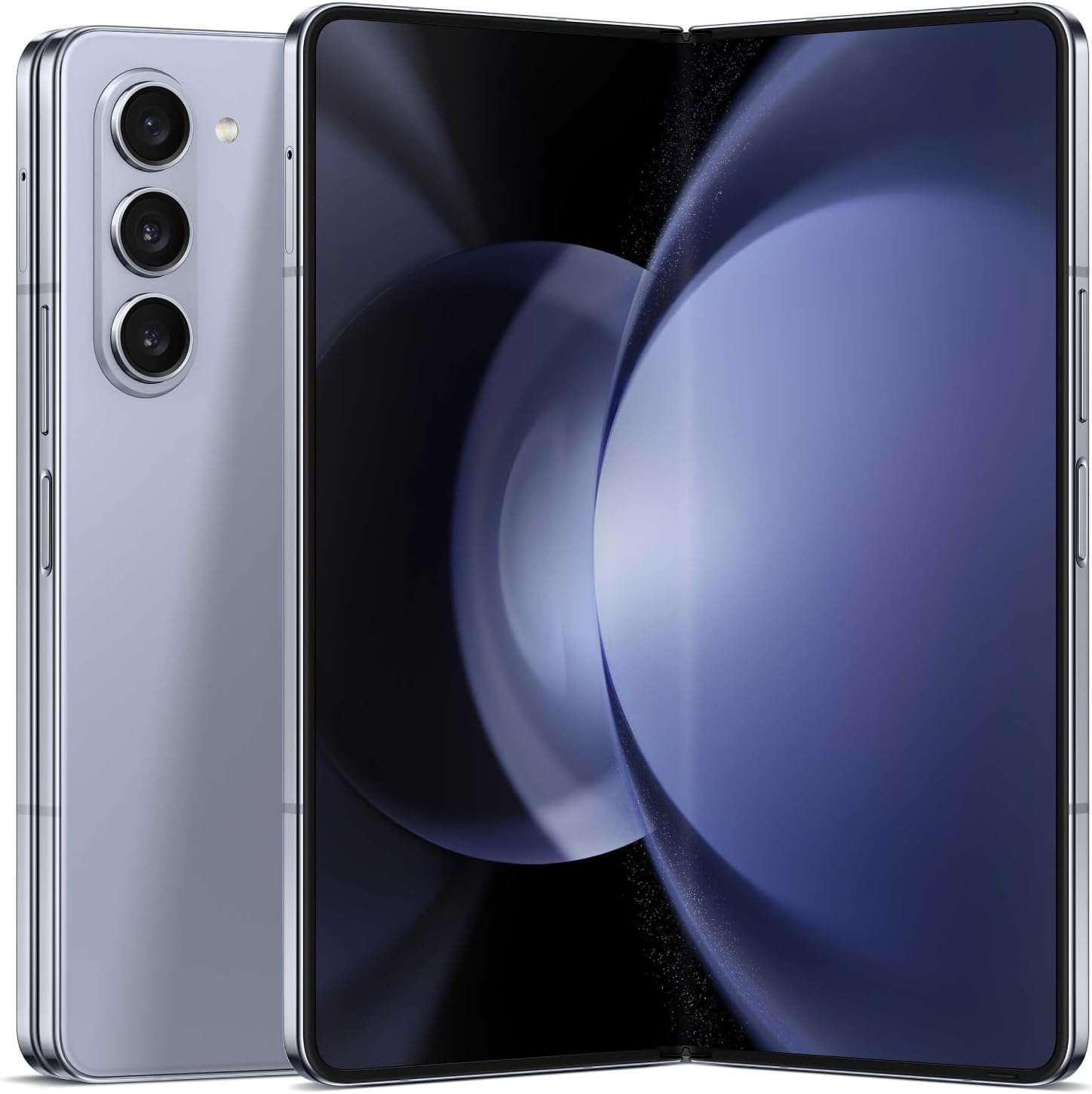The Android ecosystem is all about choice. While iPhone owners have a smaller pool of new devices to pick from when it’s time to upgrade, there’s a much wider range of choices on Android. You want a 10x telephoto lens on your phone? A built-in stylus? A phone that runs a complete desktop environment when you plug it into a monitor? You can find it on Android. Heck, you can find all of that in a single device.
On the flip side, all that choice can make for some hard decisions. Here’s where I’d like to help; I’ve tested a whole boatload of recent Android phones, and I think there are some real winners in the current crop. It’s all a matter of what you’re looking for, what you’re comfortable spending, and what your definition of a “reasonably sized phone” is.
Here’s something else to factor in: one of the year’s biggest Android phone launches is likely just around the corner. We’re expecting Google to announce new Pixels this fall, as it tends to do, and rumors point to some substantial upgrades to the camera along with the end of the curved-edge design, at last. If you’re interested in a new Pixel, it’s worth waiting a while to see what’s new this year. Otherwise, most of the year’s major Android phone launches are behind us, and there are some great options on the table.
Contents
What I’m looking for
Longevity
A great Android phone will go the distance. I look for signs that the hardware and software will keep up for many years to come, including a strong IP rating for dust and water resistance (IP68 is preferred), durable glass panels on the front and back, and a sturdy aluminum frame rather than plastic. A minimum of three years of Android OS version upgrades is preferred, along with a total of four or five years of security updates.
A great screen
The best Android phones have plenty of resolution to cover their large display area, which means 1080p or higher. A fast refresh rate of at least 120Hz is preferred — animations and scrolling look super smooth at that rate — and even better if it’s variable down to 1Hz to save on battery life.
Quality cameras
Any phone can take a decent photo in good lighting, but the best phone cameras can handle low light and high-contrast scenes well, too. I look for optical (most common) or sensor-shift (rare) image stabilization, which helps compensate for hand shake and enable slower shutter speeds in low light to gather more light. A telephoto lens is great to have too, though high-res sensors are starting to offer better lossless crop modes that mimic short 2x lenses well.
Wireless charging
Most phones on this list offer wireless charging, though not all do. Lack of wireless charging isn’t a complete deal-breaker, but it’s becoming an essential feature for a lot of people since it’s convenient for charging many different kinds of devices.
If you live in the US, I have some bad news about the Android market, though. For complicated reasons having to do with “capitalism” and “geopolitics,” we don’t get nearly as many of the options as you’ll find in Asia and Europe — brands like Huawei, Xiaomi, Honor, and Oppo just aren’t available here. I’ve limited this guide to the devices I’ve personally tested in depth; thus, it is a fairly US-centric set of recommendations.
With that in mind, it’s also worth acknowledging that most people in the US get their phones “for free” from their wireless carrier. If you can manage it, buying a phone unlocked will give you the most flexibility and freedom if you end up wanting to change carriers in the near future. Phone manufacturers also offer financing and trade-in deals to make payment more manageable. But if you’re happy with your carrier and the free phone on offer is the one you really want, by all means, take the free phone. Just make sure you understand the terms, especially if you need to change plans to cash in on the deal.
However you go about it, you have some fantastic options for your next Android phone.
Best Android phone overall
Google Pixel 8
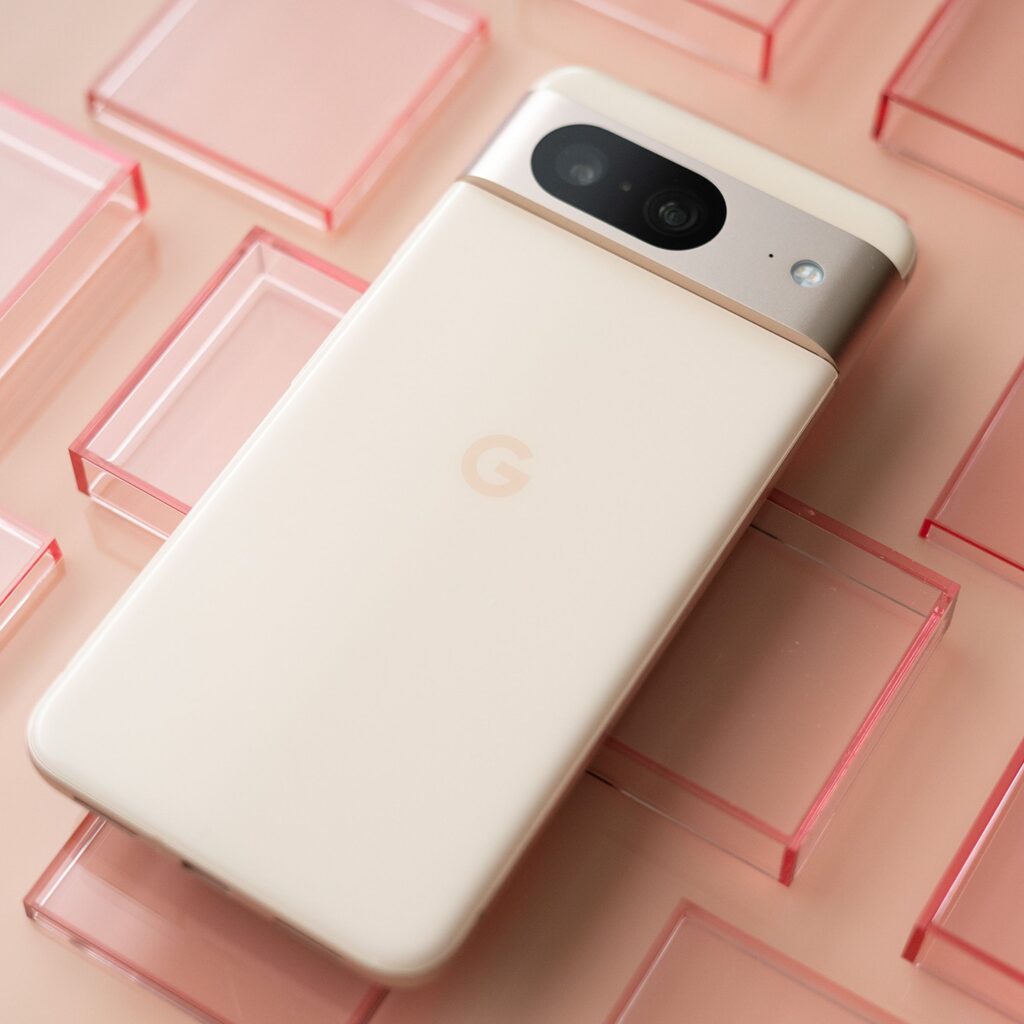
The Pixel 8 comes with just a couple of key upgrades over the Pixel 7, and it misses out on several higher-end features on the 8 Pro, like a telephoto lens. But its combination of price, features, and the promise of seven years of OS updates makes it the best mainstream Android phone to buy right now.
Google Pixel 8
Screen: 6.2-inch 1080p 120Hz OLED / Processor: Tensor G3 / Cameras: 50-megapixel F1.7 main with OIS, 12-megapixel ultrawide, 10.5-megapixel selfie / Battery: 4,575mAh / Charging: 27W wired, 12W wireless / Weather resistance: IP68
There’s more space between Google’s standard and Pro model Pixels in the 8 series than there’s been in the past couple of generations. The Pixel 8 will miss out on some of the showcase AI technologies that the Pro will get in the coming year, but even so, it’s a phone with a lot of smarts and quality-of-life updates that would make just about anyone happy.
A lot has changed here and there from the Pixel 7, starting with the size. In an age of big and bigger phones, the Pixel 8 actually shrank a little year over year, from a 6.3-inch screen to 6.2 inches. This brings the overall device dimensions down just a smidge, too, making it a more comfortable phone to hold one-handed. The screen has been upgraded with a 120Hz top refresh rate, which has become the standard for high-end phones (at least on Android).
The Pixel 8 doesn’t have the biggest screen or the most bells and whistles, but it does the basics well with meaningful improvements over the Pixel 7.Photo by Allison Johnson / The Verge
Other updates aren’t immediately obvious but make a real difference in how you use the phone in your daily life. Face unlock now works for payments and password managers — not just unlocking your device. Google Assistant is better at understanding pauses and emphasis in natural language, which makes it feel like a more useful tool in general. The camera system is good as always, bolstered this year by the addition of some AI-driven photo editing tools that are creepily good.
Importantly, the Pixel 8 gets the basic stuff right, too. The battery goes all day, there’s an IP68 rating for robust dust and water resistance, and wireless charging is an option if you’re into that. Best of all, Google is promising seven years of OS upgrades, which is a big improvement over the three platform updates it offered on previous models. All of the above makes it a winner if you’re looking for the best phone to get you through your day now — and keep up for a long time to come.
Best “small” Android flagship
Samsung Galaxy S23 (128GB)
Samsung’s Galaxy S23 phone maintains a 6.1-inch screen like its predecessor, but it now has a brighter panel with a stronger Gorilla Glass covering for improved drop protection. Design-wise, it eschews the camera bump around its three rear cameras, and it also has a bigger battery than the S22.
SAMSUNG Galaxy S23
Screen: 6.1-inch 1080p 120Hz OLED / Processor: Qualcomm Snapdragon 8 Gen 2 for Galaxy / Cameras: 50-megapixel F1.8 main with OIS, 10-megapixel 3x telephoto with OIS, 12-megapixel ultrawide, 12-megapixel selfie / Battery: 3,900mAh / Charging: 25W wired, 15W wireless / Weather resistance: IP68
The Samsung Galaxy S23 isn’t really a small phone. It’s just an average-sized phone, but average starts looking awfully small when the biggest phones come with 6.8-inch screens. It’s a little bit bigger than the Asus Zenfone 10, but its bigger 6.1-inch screen compared to 5.9 inches is worth the tradeoff of a slightly taller phone. It also has all the conveniences of a true flagship phone, too: wireless charging, an IP68 rating for thorough water and dust resistance, plus a dedicated telephoto lens.
:format(webp)/cdn.vox-cdn.com/uploads/chorus_asset/file/24453460/DSC04420_processed.jpg)
The Galaxy S23 is a smaller sibling to the S23 Plus and a great option if you don’t want a big phone.Photo by Allison Johnson / The Verge
The camera system is capable of excellent photos, though Samsung’s processing really likes to lean into vivid colors, and sometimes it’s too much. Portrait photos are excellent, though, particularly with the 3x telephoto lens. Battery life is good enough to get through a full day, but if you plan to do a lot of gaming or other processing-intensive activities, you might need a midday recharge. Small phones, small batteries, etc.
It may not qualify as truly small, but as other phone makers push more features to their bigger, higher-end models, the Galaxy S23 stands out as a well-equipped almost small phone. Just don’t mention it to an iPhone Mini fan — it’s too soon.
Best phone with everything but the kitchen sink
Samsung Galaxy S23 Ultra
The Galaxy S23 Ultra offers a huge 6.8-inch screen, built-in S Pen stylus, two telephoto cameras, and a top-notch Snapdragon 8 Gen 2 chipset. It’s pricey, but there’s nothing else quite like it on the market.
SAMSUNG Galaxy S23 Ultra
Screen: 6.8-inch 1440p 120Hz OLED / Processor: Qualcomm Snapdragon 8 Gen 2 for Galaxy / Cameras: 200-megapixel main with OIS, 10-megapixel 10x telephoto with OIS, 10-megapixel 3x telephoto with OIS, 12-megapixel ultrawide, 12-megapixel selfie / Battery: 5,000mAh / Charging: 45W wired, 15W wireless / Weather resistance: IP68
The Samsung Galaxy S23 Ultra isn’t for the faint of heart. It’s pricey, starting at $1,199, and thanks to a 6.8-inch screen, it’s huge. It’s also the most powerful Android phone you can buy in the US right now, with a Snapdragon 8 Gen 2 chipset, S Pen stylus support with a built-in silo for storage, and two — count ’em, two — telephoto cameras on the rear panel. It’s kind of hard to imagine what else Samsung could possibly stuff into this phone.
The screen at the center of this spec monster is a 6.8-inch OLED with a variable refresh rate up to 120Hz and 1440p resolution. It’s lovely, and the even better news is that it’s more battery-efficient than last year’s model. Between that and the new chipset, the S23 Ultra gets through a full day of heavy use with a little more wiggle room than its predecessor could.
:format(webp)/cdn.vox-cdn.com/uploads/chorus_asset/file/24431318/DSC04309.jpg)
The S23 Ultra stands alone.Image: Allison Johnson / The Verge
The S23 Ultra’s camera system is a major reason to consider putting in the extra cash for this model rather than the S23 Plus. There’s nothing quite like it available on any other flagship phone: there’s both a 3x and 10x telephoto camera plus an ultrawide and, oh yeah, a 200-megapixel main camera.
The 200-megapixel thing is only partially a stunt — most of the time, you’ll be getting a 12-megapixel file from it, but the extra data from all those pixels seems to help the system come up with some fantastic images. It occasionally makes some weird judgments or turns the HDR up to 11, but it’s often very good and, here and there, is even capable of stunning “I can’t believe it’s not a ‘real’ camera” photos.
Our complaints about Samsung software stand, unfortunately, and its faults are even more glaring on a very pricey phone. Why the spammy clickbait links in the weather app? And who on earth wants push notifications from the Samsung Galaxy store? You don’t get that kind of thing on a Pixel phone. Still, there are enough impressive things about the S23 Ultra that it’s worth some minor software annoyances.
Best foldable phone
Samsung Galaxy Z Fold 5 (256GB, unlocked)
Samsung’s Galaxy Z Fold 5 looks a lot like its predecessor, but it now folds flat thanks to a new hinge with fewer moving parts. It maintains the 7.6-inch inner display and narrow 6.2-inch cover screen, but it now utilizes the same Snapdragon 8 Gen 2 processor found in Samsung’s Galaxy S23 phones.
SAMSUNG Galaxy Z Fold 5
Screen: 7.6-inch 2176p 120Hz OLED inner screen, 6.2-inch 2316p 120Hz OLED cover screen / Processor: Qualcomm Snapdragon 8 Gen 2 / Cameras: 50-megapixel F/1.8 main with OIS, 10-megapixel 3x telephoto with OIS, 12-megapixel ultrawide, 10-megapixel selfie (cover screen), four-megapixel under-display selfie (inner screen) / Battery: 4,400mAh / Charging: 25W wired, 15W wireless / Weather resistance: IPX8
Samsung’s flagship foldable isn’t the only show in town anymore, but it’s still the best choice for most people looking for a folding phone. Its multitasking capabilities are second to none, and it’s lighter and easier to wield than Google’s Pixel Fold. The narrow dimensions of the cover display make it a little awkward to use for regular phone stuff, but that’s a reasonable tradeoff considering everything that the Fold 5 can do.
There are some important things to consider, though, starting with the $1800 price. That’s what the Pixel Fold costs, too, but it doesn’t matter how you look at it — that’s a lot to pay for a phone. The Fold 5 isn’t dust-resistant, either, so you’ll want to be somewhat careful with your investment.
The Fold 5’s unusually long-and-narrow aspect ratio when it’s closed is a turn off for some.Photo by Allison Johnson / The Verge
The Fold 5 isn’t exactly teeming with technological improvements over last year’s model, either. There’s a new hinge that folds flat rather than with a gap between the two halves of the phone, and that’s about it. A couple of software updates that it offers will come to older Fold devices in the future, so there’s not much reason to rush out and trade in your Fold 4 for a Fold 5.
If you’re a devoted Pixel fan or averse to the Fold 5’s narrow form factor when closed, Google’s foldable might be a better choice. But for most people, the Galaxy Fold 5’s versatility and good recent track record for durability make it a better bet.
Best alternative to Google and Samsung
Nothing Phone 2
The Nothing Phone 2 embraces a certain retro-infused aesthetic that’s unlike anything else you’ll find on the market. It’s not certified to work on Verizon, and its rear-panel LED light strips are more stylish than functional, but it’s a good alternative to the big Android brands.
Nothing Phone 2
Screen: 6.7-inch 1080p 120Hz OLED / Processor: Qualcomm Snapdragon 8 Plus Gen 1 / Cameras: 50-megapixel F/1.9 main with OIS, 50-megapixel ultrawide, 32-megapixel selfie / Battery: 4,700mAh / Charging: 45W wired, 15W wireless / Weather resistance: IP54
The Nothing Phone 2 doesn’t offer the very best value proposition in its upper-midrange category. For sheer ROI, the Pixel 7 is the better pick. But if it’s style you’re after and something a little different, then the Phone 2 is an easy pick.
It offers a good 6.7-inch screen, great daily performance and battery life, and a capable camera system. But that’s the usual stuff — what’s unusual about the Phone 2 is its set of LED light strips on the back panel. They illuminate in combinations called “glyphs,” and you can set them to alert you to certain notifications. It’s neat but ultimately isn’t as helpful as the system’s customizable always-on display.
The Phone 2’s UI is on-theme.Photo by Allison Johnson / The Verge
On the downside, the Phone 2 is only splash-resistant rather than fully resistant to water submersion like virtually all other phones over $500. It’s also not fully supported on Verizon’s network, which takes it out of contention for a lot of the US population.
If neither of the above is a deal-breaker, and the Phone 2’s styling appeals to you, then it’s an excellent choice. One thing’s for sure — it definitely stands out from the crowd.
Other Android phones worth considering
There are many more great Android devices that weren’t covered here, and a few are worth calling out that didn’t quite make the cut for a recommendation.
There’s the Galaxy Z Flip 5, Samsung’s clamshell-style foldable. It’s much more useful than its predecessors, thanks to a bigger 3.4-inch cover screen that allows you to type out texts and emails on a full QWERTY keyboard. It’s not as versatile as the Fold 5, but it also costs a much more reasonable $999. Another flip phone worth considering: the Motorola Razr Plus. It’s not as durable as the Flip 5, and its cover screen widgets aren’t as useful, but it runs full apps on the outer display more easily. And it’s just plain fun, gosh dang it.
On the other side of the foldable spectrum, the OnePlus Open is a welcome addition to the mix with the best screen format on a book-style folding phone. It’s thin and light, and the software includes some thoughtful approaches to multi-tasking — a crucial part of the folding phone experience. At $1,700, it’s just $100 shy of the Pixel Fold and Galaxy Z Fold 5 and misses a couple of key features that both of those other options include: wireless charging and an IPX8 rating. But if those omissions don’t bother you and the form factor appeals, it’s a lovely device to use.
There’s one more Pixel phone to consider: the Google Pixel 7A. It’s $499 and has the same Tensor G2 processor as the Pixel 7 and 7 Pro. The 7A is definitely the best phone camera you can get for the money, and it comes with nice creature comforts not usually seen in budget devices, like wireless charging. It’s on the pricey side of the “budget” category, but it’s designed to go the distance.
Source: theverge.com



